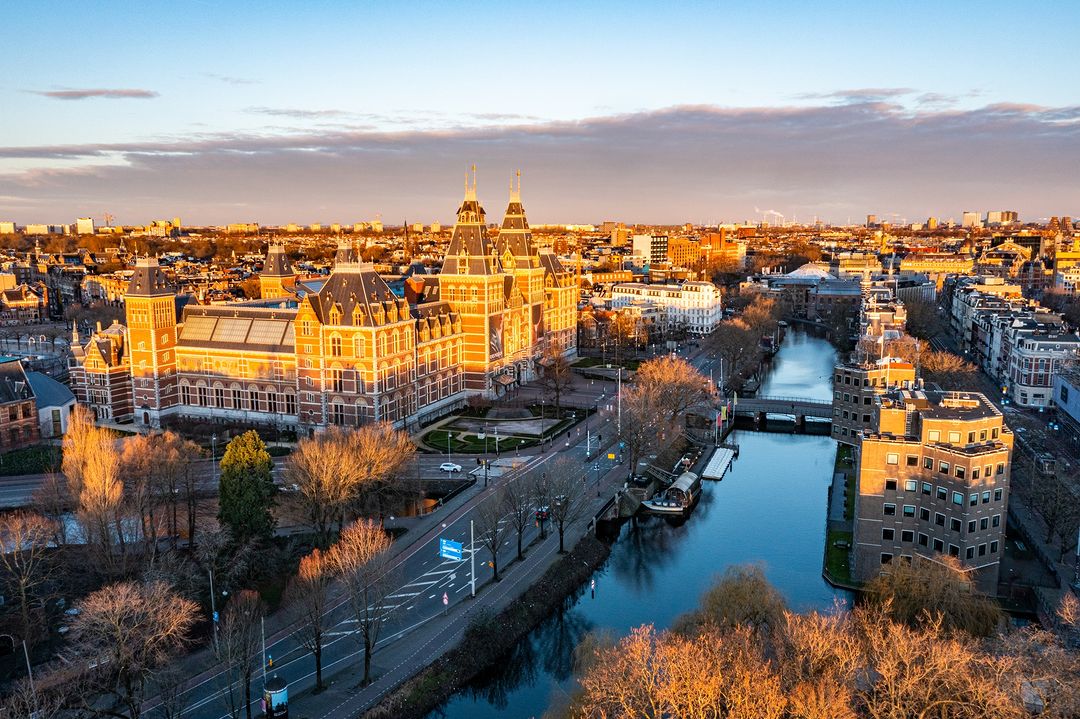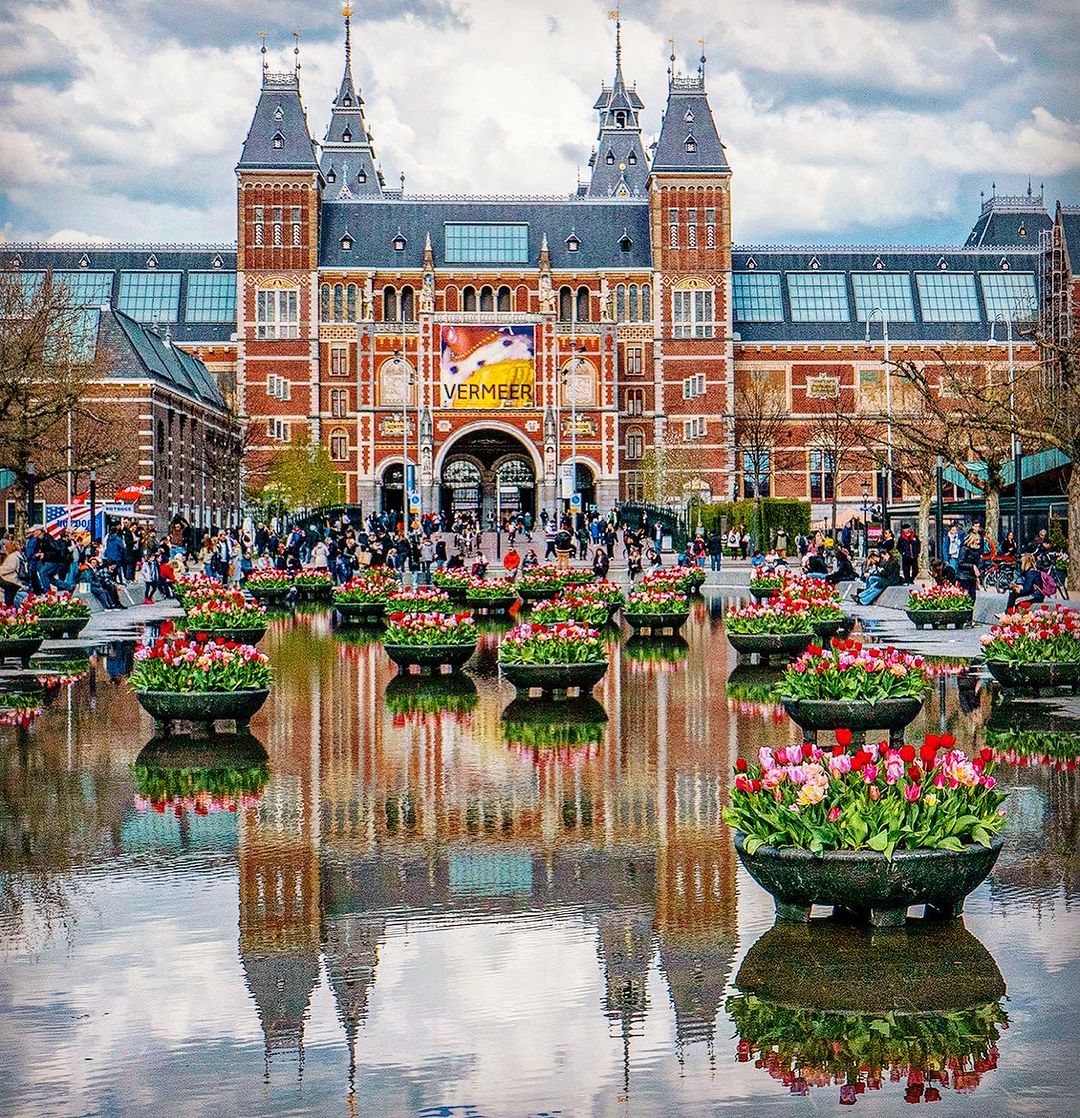These museums don’t just house beautiful works of art and cultural artifacts—they’re also stunning sights to behold and explore.
Museums are significant institutions that have housed pieces of historical, cultural, and artistic value for decades. Whether they be private or public, these establishments allow audiences around the world to learn more about humanity’s greatest treasures. The preservation of these objects ensures that parts of our history aren’t lost to time, and that future generations can continue to appreciate the marvels of our species.
READ ALSO: Satisfying Wanderlust: These Are The Top Travel Destinations For Filipinos In 2023
However, museums aren’t just plain vessels that hold old antiquities—they’re also stunning architectural feats with their own interesting narratives. Exploring and admiring these marvelous institutions is just as much a part of the museum experience as viewing the pieces they contain.
Lovers of art, history, architecture, and everything in between ought to add these museums to their list of places to visit during their travels:
The Guggenheim Museum (Bilbao, Spain)
Fans of contemporary art need to see the Guggenheim Museum in Spain at least once in their lives. Designed by American architect Frank Gehry, the institution opened in 1997 and sits across the Paseo d’Abandoibarra. It’s a one-of-a-kind architectural masterpiece with its cubist-inspired structures that shine silver and make the entire building look like a sculptural piece.


The entire structure spans 24,000 square meters, with 9,000 square meters used as its dedicated exhibition space. In it, visitors can find works from some of the 20th century’s most prominent artists.

One of Louise Bourgeois’ giant spider sculptures and Jeff Koonz’ 12-meter Puppy can be found outside the museum. Works from talents like Jean-Michel Basquiat, Richard Serra, Andy Warhol, Jenny Holzer, and Yves Klein can also be found within the museum’s walls.
The Louvre (Paris, France)
No list of beautiful museums is complete without Paris’ iconic Louvre. It’s one of the largest and most visited museums in the world, and also possesses a rich history. Initially a castle of King Philippe Auguste, it was combined with the Tuileries Palace during King Henri IV’s reign and used as the primary residence of France’s monarchs.


The building was meant to be a museum as early as Louis XIV’s reign, though it was only transformed into one after the French Revolution. It currently houses more than 500,000 works from the world’s greatest artists like Leonardo da Vinci, Théodore Géricault, and Jean-Auguste-Dominique Ingres.

In its expansive collection are also antiquities from Greece, Egypt, and Rome, among others. Some of its iconic works include the Great Sphinx by Tanis, the Hellenistic sculpture Venus de Milo (a statue of the goddess Venus), and the Diana of Versailles (also known as Artemis with a Doe, a 2nd century BC statue of the Greek/Roman goddess of the hunt).
The State Hermitage Museum (St.Petersburg, Russia)
If you’re searching for a grandiose and lavish museum, it’s hard to beat Russia’s State Hermitage Museum. Composed of 60,000 rooms, 10,000 galleries, and 3 million pieces on display, the 233,345 square meter institution is a behemoth.

Originally a part of the Winter Palace, the museum was established in 1764 by Catherine the Great to hold her impressive private art collection. It was then reconstructed by Nicholas I and opened to the public in 1852.

Up to this day, the building’s facade displays the Baroque and Neoclassical sensibilities of the time, painted in mint green, white, and gold. It possesses the largest collection of paintings in the world at 16,000 pieces and counting.
The museum also holds pieces that date back to the stonehenge, and boasts 1,125,975 numismatic objects, 808,695 archeological artifacts, and 14,016 pieces of arms and armory.
The National Palace Museum (Taipei, Taiwan)
The sprawling National Palace Museum in Taiwan is one of the country’s most valuable cultural treasures, and for good reason. Situated in an elevated and lush backdrop of greenery, the museum is known for housing the largest collection of Chinese artifacts in the world, many of which date back to the Song dynasty (roughly 1,000 years ago).


Despite the name, the museum itself was not formerly a palace. Its name comes from the collection of objects it houses, many of which are from imperial dynasties.
Within the institution are 600,000 pieces from the Forbidden City that were gathered throughout the centuries. These include precious pieces of bronze and jade, as well as Tibetan manuscripts and fine paintings from the Tang, Song, Ming, and Qing dynasties.

The Rijksmuseum (Amsterdam, Netherlands)
The Rijksmuseum is Holland’s national museum and holds 800 years’ worth of Dutch history within its walls. The institution houses works from master painters like Van Gogh, Vermeer, and Rembrandt, with a collection containing roughly 8,000 art pieces.


Officially opening to the public in 1885, the museum was designed by architect Pierre Cuypers, who infused Gothic and Renaissance elements into its design. However, certain elements of Cuyper’s original blueprint were foregone due to debates from the public, who claimed that the overall design was not “Dutch enough.”


The building’s most recent renovation, which took place from 2003 to 2013, brought back these omitted elements from Cuypers, resulting in a grander structure that attracted over 2 million visitors upon its reopening.
Banner photo via Instagram @museelouvre.





